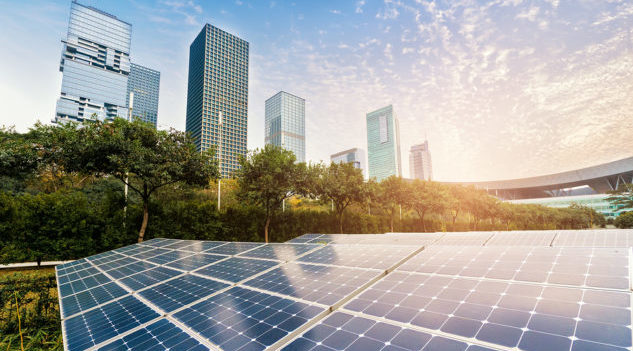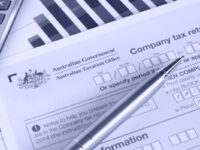Sponsored Article
Solar Power has taken off over the last 10 years in the residential world. In Queensland alone, nearly 40 per cent of all residential dwellings have solar on their rooftop. With Government incentives still in place and homeowners becoming more savvy with their money, the uptake has been profound. However, businesses have been slower to respond.
So, the question is, can solar power save your business money?
The short answer is yes. You can pay back your investment in as little as three years. However, there are four key variables which you need to consider that will directly impact your ability to drive a good return from rooftop solar.
1) Rebates
Rebates also known as STC’s (which is short for Small-scale technology certificates) are very real and very much still exist. These are not to be confused with Feed in Tariffs. STC’s are a government paid rebate when you install new panels onto your roof. Anyone can claim STC’s for systems under 100kW’s.
To put their value into context, on a common residential sized system (6.6kW’s) you will get 10 STC’s which equates to around $3800.00. You don’t usually have to do anything to receive them as most solar companies will factor them into the price and you just pay the difference.
STC’s have a great impact on your savings for obvious reasons however, the Government is phasing the STC system out gradually over the next 10 years, so it won’t be around forever.
2) When do you use your power?
When you use your power means a lot when calculating savings. Simply, what you buy energy for is less than what you can sell it back to the grid for. So, every kW you use for your own consumption, the better.
Given the sun shines during the day, the more energy you use during sunlight hours will mean better economics for your solar system. Do not worry though, any surplus energy you make will be pushed back to the grid and you get paid a feed in tariff.
3) Feed in Tariffs
Feed in Tariffs are the value your energy provider will give you for power you feed back into the grid. These can range from 0c – 20c from retailer to retailer so ensuring you have a good feed in tariff can heavily impact your energy bill every month.
4) Getting the right system
Getting the right system size installed is vital to ensure you get the best return. Initial install costs are simple, the bigger the system, the bigger the bill. However, do not let this drive you to get the smallest system you can. If you get a system that is too small, it is much harder to add more panels later. Getting it right the first time means much less hassle in the future.
Jonathan Green from Teho a Renewable Energy Broker says getting the right information up front is key.
“With so many retailers and installers in the market it can be hard to know what is right and what is wrong. Working out the right system can be a challenge. Teho compares the top solar panel installers in Australia to help businesses get the best deal.”
When you are working out the right system size, your power consumption drives the outcome. When you speak to a retailer or installer, make sure they ask for your last few energy bills. If they provide a quote without understanding your usage, it is a red flag they are not doing their due diligence to get you the right system.













